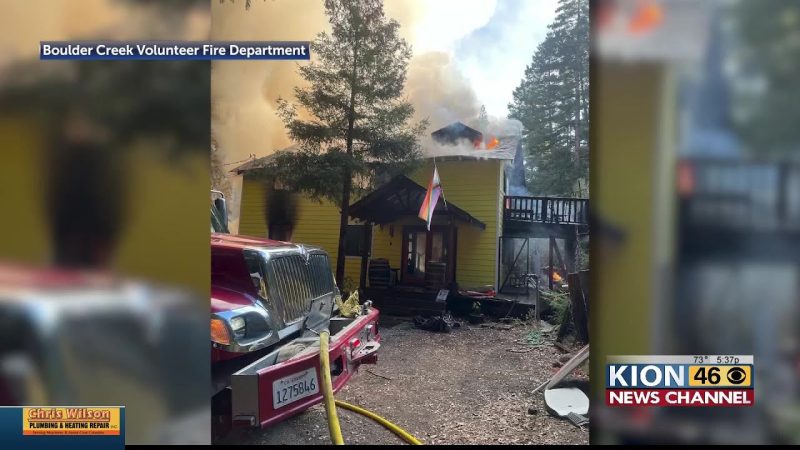: Exploring the Culinary Artistry of Burger Charra: A Sizzling Journey of Flavor

In the realm of gastronomy, where innovation and tradition coalesce, Burger Charra emerges as a sizzling revelation. This culinary delight is a testament to the mastery of flavors, combining the familiarity of a classic burger with the exotic allure of charred perfection. As we embark on a journey through the smoky and succulent world of Burger Charra, we unravel the secrets behind its creation, explore its unique characteristics, and celebrate the artistry that elevates it to a culinary masterpiece.
The Origin of Burger Charra:
Burger Charra traces its roots to the vibrant street food culture of South America, particularly in regions like Colombia and Venezuela. The term “Charra” is derived from the Spanish word “charro,” which refers to a traditional Mexican cowboy. This hints at the robust and bold flavors that characterize this unique burger variation. The art of charra grilling involves searing the meat over an open flame, imparting a distinct smokiness that sets it apart from the conventional burger experience.
Ingredients That Make It Exceptional:
At the heart of Burger Charra lies the selection of premium ingredients, each contributing to the symphony of flavors that captivate the taste buds. The patty, often made with high-quality ground beef, is seasoned with a blend of spices that may include cumin, paprika, garlic, and other regional favorites. This careful seasoning enhances the natural juiciness of the meat while infusing it with a tantalizing aroma.
Accompanying the charred patty are fresh and crisp vegetables, providing a textural contrast that elevates the overall experience. Common toppings include ripe tomatoes, crunchy lettuce, and thinly sliced onions. To add a kick of heat, many variations incorporate jalapeños or other spicy elements, creating a harmonious balance of flavors.
The Charra Magic: Grilling Technique
The hallmark of Burger Charra is the distinctive grilling technique that imparts a smoky essence to the meat. Traditionally, the patties are cooked over an open flame, allowing the flames to kiss the meat and infuse it with a tantalizing smokiness. The charred exterior creates a flavorful crust while sealing in the juices, resulting in a perfectly cooked and succulent burger.
Adhering to tradition, some Burger Charra enthusiasts use charcoal grills, adding a layer of complexity to the flavor profile. The smoldering embers of charcoal provide an authentic smokiness that elevates the burger to a culinary masterpiece. The art of charra grilling requires precision and patience, as achieving the perfect balance of char and juiciness is an art form mastered by skilled grillmasters.
Regional Variations and Culinary Fusion:
As Burger Charra gains international acclaim, culinary artisans around the world have embraced the concept, infusing their own regional influences to create unique variations. In the United States, for example, the fusion of Burger Charra with classic American barbecue elements has resulted in a smoky symphony of flavors that pays homage to both traditions.
In Asian countries, Burger Charra has found its way onto the street food scene, captivating food enthusiasts with its bold flavors and enticing aromas. From Tokyo to Bangkok, the marriage of East and South American culinary techniques has given rise to innovative interpretations of the classic Burger Charra.
The Rise of Gourmet Charra:
Beyond the bustling street food markets, Burger Charra has also found its place in upscale dining establishments, where chefs reimagine it as a gourmet offering. Artisanal brioche buns, exotic cheese blends, and house-made condiments elevate the humble street food staple to a sophisticated dining experience. The gourmet Charra experience showcases the versatility of this culinary creation, proving that it can seamlessly transition from street-side delight to haute cuisine.
Conclusion:
Burger Charra, with its roots in South American street food, has evolved into a global sensation that celebrates the marriage of tradition and innovation. From the smoky streets of Bogotá to the upscale dining rooms of New York, the allure of Burger Charra lies in its bold flavors, distinctive grilling technique, and adaptability to diverse culinary influences. As we savor each bite of this charred masterpiece, we embark on a culinary journey that transcends borders and unites food enthusiasts in a shared appreciation for the artistry of flavor.
-
What is Burger Charra?
Burger Charra is a unique variation of the classic burger that originated in South America, particularly in countries like Colombia and Venezuela. It is characterized by a distinctive grilling technique, where the meat is cooked over an open flame, imparting a smoky flavor to the patty.
-
What does the term “Charra” mean in the context of Burger Charra?
The term “Charra” is derived from the Spanish word “charro,” which refers to a traditional Mexican cowboy. In the context of Burger Charra, it signifies the robust and bold flavors associated with the grilling technique, reminiscent of the open-fire cooking methods used by cowboys.
-
How is the patty in Burger Charra seasoned?
The patty in Burger Charra is often made with high-quality ground beef and seasoned with a blend of spices. Common seasonings include cumin, paprika, garlic, and other regional spices. This careful seasoning enhances the natural juiciness of the meat while infusing it with a tantalizing aroma.
-
What sets Burger Charra apart from traditional burgers?
Burger Charra distinguishes itself through its grilling technique, where the meat is cooked over an open flame. This imparts a smoky essence to the patty, creating a flavorful crust while sealing in the juices. The charred exterior and distinctive grilling method set Burger Charra apart from the conventional burger experience.
-
What are the traditional toppings for Burger Charra?
Burger Charra typically features fresh and crisp vegetables as toppings to provide a textural contrast. Common toppings include ripe tomatoes, lettuce, and thinly sliced onions. Some variations also include jalapeños or other spicy elements to add a kick of heat.
-
Can Burger Charra be prepared on a charcoal grill?
Yes, the traditional method of preparing Burger Charra involves cooking the patties over an open flame, often using charcoal grills. The smoldering embers of charcoal contribute to the authentic smokiness that is characteristic of Burger Charra.
-
Are there regional variations of Burger Charra?
Yes, Burger Charra has evolved and adapted to various culinary influences worldwide. In the United States, for example, it has been fused with American barbecue elements. In different parts of the world, chefs have created innovative interpretations by infusing their regional flavors into the classic Burger Charra.
-
Is Burger Charra only limited to street food, or can it be a gourmet dish?
While Burger Charra has its roots in street food culture, it has also found its way into upscale dining establishments where chefs reimagine it as a gourmet offering. Artisanal brioche buns, exotic cheese blends, and house-made condiments elevate Burger Charra to a sophisticated dining experience.
-
Can Burger Charra be customized to accommodate dietary preferences?
Certainly! Burger Charra is versatile, and the ingredients can be customized to accommodate various dietary preferences. Whether you prefer a traditional beef patty or opt for a plant-based alternative, Burger Charra can be adapted to suit different tastes.
-
Where can I find Burger Charra?
Burger Charra can be found in various street food markets in South America, particularly in countries like Colombia and Venezuela. Additionally, with its growing popularity, many restaurants around the world, including the United States, Europe, and Asia, may offer their own unique takes on Burger Charra,





